From essays to interviews, excerpts and reading lists, we publish around 80 features a month. And though we’re proud of each day’s offerings, we do have our personal favorites. Below are some of our favorite pieces of writing from the month at CrimeReads.
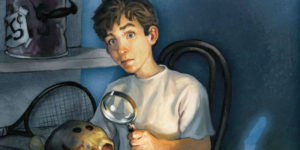
“Encyclopedia Brown and the Case of the Mysterious Author” by Craig Pittman
Like many people, my first brush with the thrills of mystery fiction came from the Encyclopedia Brown series, that trusty boy detective with his very reasonable quarter fees. And like most people (apparently), I never really thought about the man behind those beloved stories. Craig Pittman remedied that this month, as he chronicled the life and work of Donald J. Sobol, one of the bestselling, most influential mystery authors of all-time, but a man who valued his own privacy highly and lived out what sounds like a happy and fulfilling life in Florida. I was deeply heartened to read Pittman’s account of Sobol, and also to discover a vast community of like-minded mystery readers out there who maintain a deep, meaningful connection with the series. –DM
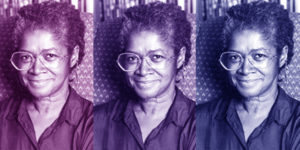
“Barbara Neely, The Activist-Turned-Crime Writer Who Inspired a Generation” by Kellye Garrett
Kellye Garrett, author of the Dayna by Day series and a highly regarded voice in the mystery scene, here guides us through the life and work of Barbara Neely, whose series featuring protagonist Blanche White was one of the first African-American sleuths to make it into mainstream publishing. Garrett notes how the historical confluences of the 90s helped bring Neely’s work into popularity, only to cast her work aside into unpublished obscurity as soon as she became unfashionable. Now is the perfect time to pick up Neely’s works once more, as the whole series has been recently reissued by Brash Books.–MO

“The Most Anticipated Crime Books of Summer” by the CrimeReads Editors
We know, this list is really, really long. Like, so long, there’s absolutely no chance you could possibly read all these books in one summer. In fact, our parent site Lit Hub once calculated how many books you can finish in your lifetime, and there’s probably no way you’ll finish all of these in even a year. But hey, that should stop you from trying! And that certainly doesn’t stop us from anticipating as many darn books as we want, or using this summer preview as a chance moment to reflect on the incredible variety our beloved genre has on offer, from scifi thrillers, to post-modern fantasy noir, to psychological thrillers steadily eroding boundaries between personal and political, and so, so much more. –CrimeReads Editors
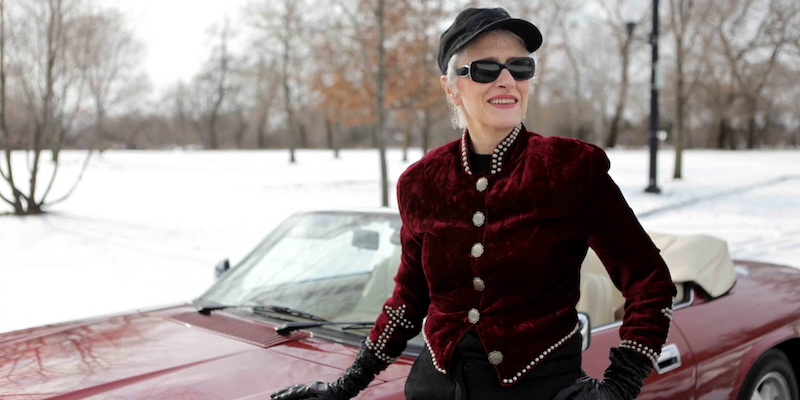
“Sara Paretsky Writes What’s On Her Mind” by Lori Rader-Day
In this charming and fascinating interview with one of crime fiction’s greatest authors, living or otherwise, Lori Rader-Day catches up with Sara Paretsky about her life, work, and activism. Over the decades, Sara Paretsky’s feminist P.I. protagonist V.I. Warshawski evolved and matured along with her creator, never giving up on her principles or her work, or her good humor. I recommend this article to all readers and all writers. Really, everyone. -MO

“The Dangers of Dime Store Westerns” by Nathan Ward
Nathan Ward’s latest article is at the intersection of true crime and old westerns, which means it’s at the very sweetest of sweet spots for certain CrimeReads editors. Starting with the story of a New York kid who read one too many westerns and ran off to join the fray himself, Ward then moves into one wildly engaging, thoroughly researched tale after another of western lawmen and outlaws memorialized in one of the nation’s first publishing booms: the “true” crime western. Here at CrimeReads we’re occasionally chastened for fueling the boom in true crime writing, but Ward’s piece is a useful and eye-opening reminder that crime stories have always fascinated us and always will. Charlie Siringo, Billy the Kid, J.A. Slade…I could read these stories all day and night.

“James M. Cain, The Femme Fatale, and The Male Gaze” by Sean Carswell
In a rereading of James M. Cain’s Double Indemnity, Sean Carswell wonders if “our contemporary approach to femmes fatales is as dated as Phyllis Nirdlinger’s name.” He then delves into the Old Testament to interrogate our tendency to blame women for destroying men, and suggests tools to help us embrace more conscious and critical ways of reading and watching. By seeing femme fatales through bell hooks’s “oppositional gaze,” we can add another dimension to these classic noir stories, and understand characters in light of the patriarchy and oppression they face. -CL
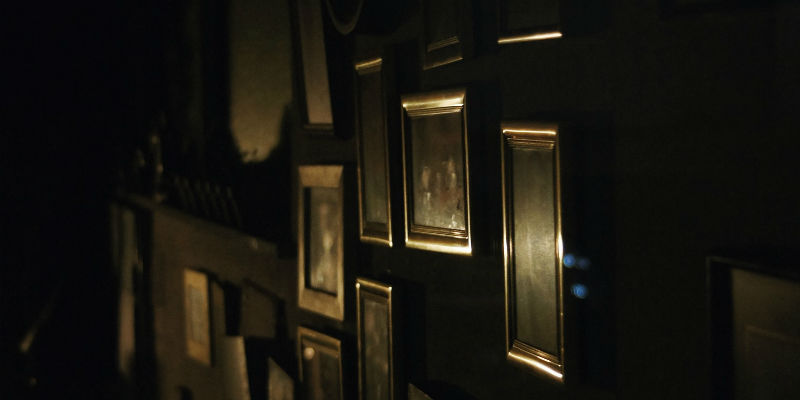
“Don’t Use My Family for Your True Crime Stories” by Lilly Dancyger
Lilly Dancyger’s moving essay and searing critique of the true crime boom is an important reminder of the real life trauma at the heart of so much of today’s entertainment. We could all stand to be more cognizant of the stories we’re consuming, and ask ourselves if the victims at the heart of these crimes are treated with respect—as a tragic loss of life—and not as a vehicle through which to explore the undeserving story of a horrific murderer. Dancyger’s much-needed perspective is essential reading for all who love the genre. -CL
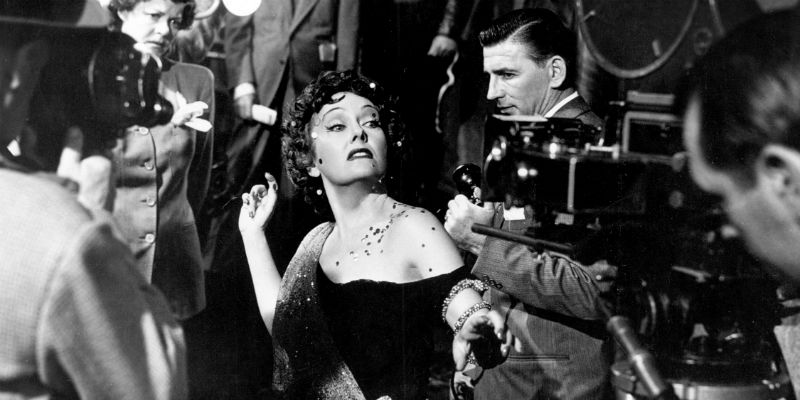
“The 20 Best Speeches in the History of Crime Cinema” by Molly Odintz
I love that moment in a film when you feel the camera’s grip tightening ever so slightly and the room goes silent and you know, suddenly, that a speech is coming, or that casual little aside that begins with the tone of a throwaway line until suddenly the momentum builds and you realize there you are, in the midst of a monologue that reveals some subtle turn of phrase or mind and makes the movie. In this fantastic piece, our own Molly Odintz went through the annals of crime cinema looking for those unforgettable moments, and bringing together one of the great collections of soliloquy I’ve ever come across. I especially enjoyed seeing how the nature and tone of speeches seemed to coalesce and evolve over the decades, sometimes harkening back to another era, sometimes bursting out with a startlingly modern diatribe. My own personal favorite here comes from The Third Man, but really these are all gems, and all worth revisiting in turn. -DM

“The Most Iconic Nose Injuries in The History of (Crime) Cinema” by Dwyer Murphy
This (obviously) started as a joke, but man, was it fun to witness coming together. There are a perhaps not-so-shocking number of nose injuries in crime cinema, but this post was inspired by the office favorites: not all nose injuries are created equal, and you can’t get better than Jack Nicholson in Chinatown or Joseph Gordon-Levitt in Brick. Also, during the course of the post being written, I learned that my esteemed colleague has had his nose broken not once, not twice, but five times! So perhaps it should not be a surprise, after all, that this post went from joke to reality…- MO
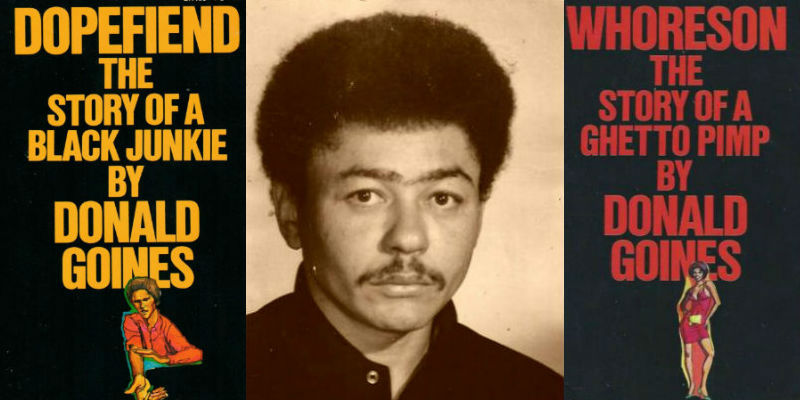
“Donald Goines and the Birth of Black Pulp Fiction” by Kinohi Nishikawa
There’s nothing I like better, as the pulp-fiction-loving child of academics, than a fan boy in the Ivory Tower. In this excerpt from his new history of Holloway House and the birth of black pulp fiction, Kinohi Nishikawa gives us a close reading of father of urban lit Donald Goines’ brilliant and visceral early works, and takes us into a unique moment in American literature wherein black authors were finally in a position to write pulp fiction for black audiences. –MO

“Why Oakley Hall (Still) Matters” by Tobias Carroll
“There are works of crime fiction about those who break the law, and then there are those about the flaws endemic to the system as a whole.” Oakley Hall was one of the latter. Hall’s magnum opus, Warlock, a noir western beloved to Thomas Pynchon along with many other literary giants, was reissued by NYRB a few years ago, inspiring many of us to dive back in to Hall’s work and remember his importance not only as an author, but as a mentor to many of California’s up-and-coming authors in the latter 20th Century. Here, Carroll places Oakley Hall’s work within its context, and discusses the many reasons to dive back into Hall’s writing. –MO

“Writing the Story of ‘The Oldest Living Godfather’” by Dylan Struzan
As Tony Soprano said 20 years ago, “It’s good to be in something from the ground floor. I came too late for that, I know. But lately, I’m getting the feeling that I came in at the end.” The mobster, in the traditional, Lucky Luciano sense, is a figure from a bygone era, all of its ring leaders dead or near-dead. But Dylan Struzan’s exhaustive research and hours of interviews with Vincent “Jimmy Blue Eyes” Alo resurrects the lives and times of some of the mob’s most iconic figures, and for the first time, the stories—“what it takes to make a criminal”—of the man immortalized as “Johnny Ola” in The Godfather, Part II, are told. –CL

















